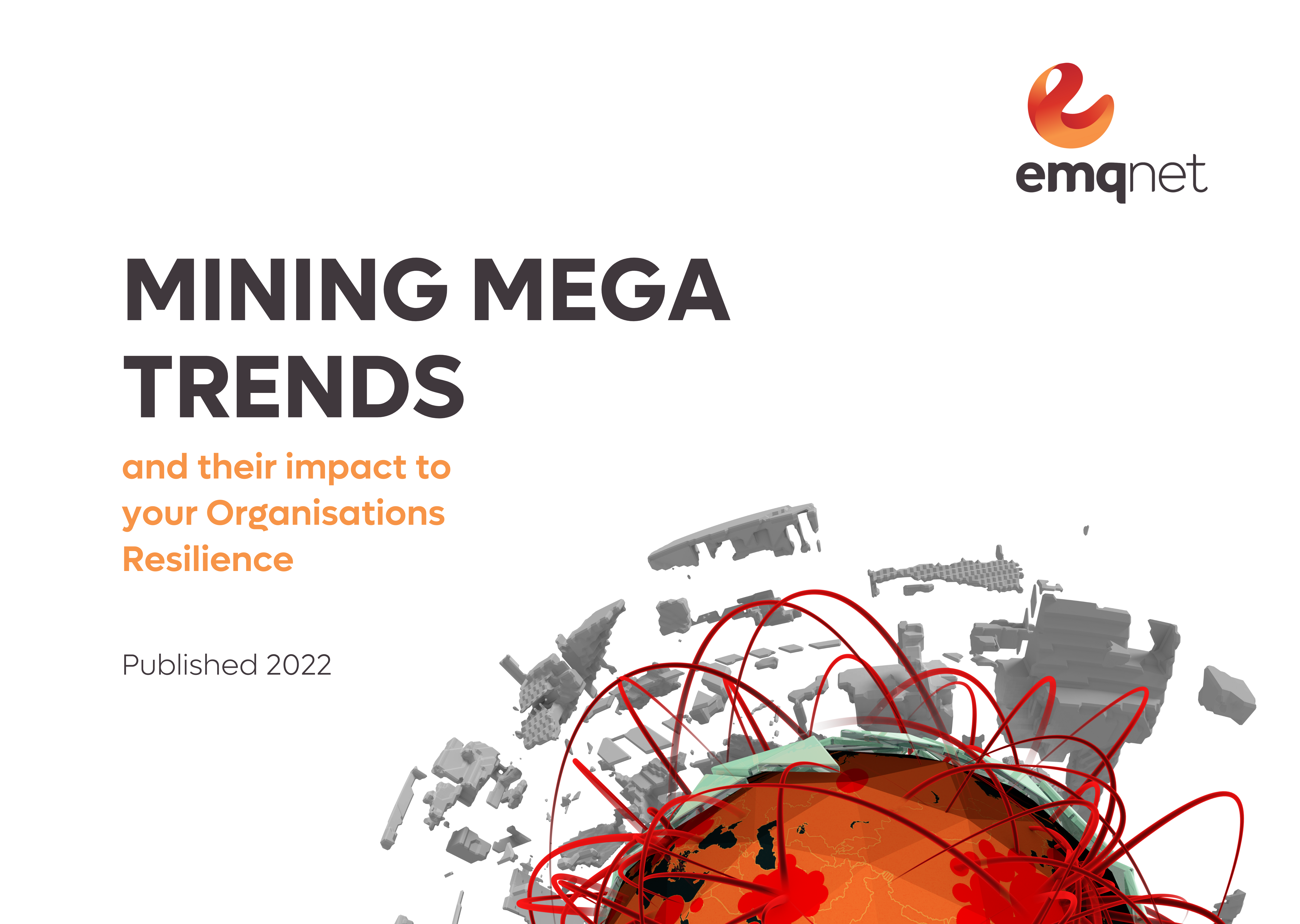When Covid-19 emerged late in 2019, it forced organisations to review and enhance their pandemic response plans to take the appropriate and critical action in ensuring that their people and operations are protected. As we progress past the 30-month mark of the pandemic, the response has shifted to recovery and back a number of times. We assess what’s changed in the mining industry.
Businesses must make an honest assessment as to whether their crisis management capability has diminished post-pandemic. Credit: Philthy Phil Photography via Shutterstock.
The way businesses are operating has changed in the last two years through remote working, with certain workers not expected on-site on a full-time basis and the effort associated to provide a safe work environment. To achieve this new normal, businesses have had to invest significant resources, with costs running into millions of dollars in some instances.
In addition, other existing threats persist, and new threats have emerged. The focus on the pandemic has introduced a level of complacency not normally observed across areas of their operation. As a result, threats that would have been previously considered and mitigated as part of routine resilience programs, have been neglected. The risk long-term is these threats escalating into a full-scale crisis event that a business hasn’t recently considered or isn’t suitably prepared for.
While teams have been distracted by the Covid 19 response and recovery cycle, by focussing on the ‘doing’, many have forgotten the importance of the critical event management (CEM) process that provides the necessary focus organisation-wide.
“Your resilience capability has to continue to operate regardless of what you’re dealing with. Covid, like any other threat, you’ve still got to manage to operate through and find a way. Otherwise, your resilience capability is not doing its job,” says Jarrod Wilson, CEO of Dynamiq.
Despite the changes in working environments in the past two years, the fundamentals of managing a response remain the same.
“The principles of a response don’t really change. It’s the application, the discipline of maintaining that cycle,” adds Adam Worsley, General Manager of Dynamiq. “It’s about ensuring that you’re capturing and sharing information, providing informed and timely decision-making, responding, analysing that response, and then, of course, correcting and doing it again.”
Leadership in crisis management
When it comes to team-based approaches in crisis management, it is vital to identify who is responsible for various elements of the response, establish how they are notified, as well as their preparedness to rapidly add value and solve the issues at hand. This is not as easy as it once was given the challenges of the hybrid workplace and the need to bring the team together.
The role of the Leader is more important than ever. Understanding the process at this level is key to driving the cadence of the cycle and keeping the team and the response on track. It is crucial to capture data in a logical flow that contributes to the leadership process.
Ultimately, the leader is the driving force of a crisis response. They must be honest with themselves and assess whether management for time-critical, complex and often chaotic environments has diminished within their organisation.
The leader must also determine whether they can apply the process effectively, assembling the team quickly, assigning tasks, updating the situation, and analysing the issue, while implementing stakeholder management plans. It is important to view this as a continuous process, a fit-for-purpose method for managing one or multiple crisis management events.
“Our observation, in the return to site-based training, is that leaders and teams have forgotten the importance of the crisis management process. Too many have taken a linear approach focussed on implementing response or recovery plans rather than testing or re-setting objectives,” says Wilson.
Addressing the skill fade and experience gap
Workers being absent from operating environments for extended periods during the past two years has led to a skill fade in crisis management practices. Many mine sites, still recovering from the significant turnover of staff after the pandemic, have seen the result of some new workers being unfamiliar with their roles and responsibilities in crisis management.
To address both the skill fade and experience gap, regular training and feedback are fundamental to ensuring that workers are capable of dealing with any threat type. And technology can play a key part here.
“You can’t undervalue the importance of the leadership role. If you’re going to add new people to your program, you’ve got to put your training investment in because that’s going to be your weak point,” adds Wilson.
“Many leaders only want to see the team on-site, but this is not practical and should only be where there is real value to be added. All of the individual learning and training, there is an acceptance that can be done digitally and in people’s own time. And it can be self-paced. But traditionally, you’ve had everyone together in the classroom to learn the fundamentals.”
Data collection with purpose and completing after-action reviews are more important than ever to ensure that the resilience program continues to mature. Yet all too often, these reviews are not happening because businesses prioritise continuing operations instead. Avoiding after-action reviews is ultimately detrimental to a business in the long term.
Dynamiq’s emqnet is a digital resilience platform that enables virtual crisis management, bringing together all teams involved in the response. emqnet is widely used around the world by companies for response management as part of their resilience program.
Training modules in the platform can also simulate a crisis, allowing teams to build confidence and capability. After-action reviews provide opportunities to identify areas for improvement. All of this will help businesses build back their capability for crisis management after the pandemic and enhance future operations. “We are making changes to the platform, based on recent observations, to highlight the importance of the process and essentially guide people, teams and leaders through it in a more structured and intuitive way,” adds Wilson.



